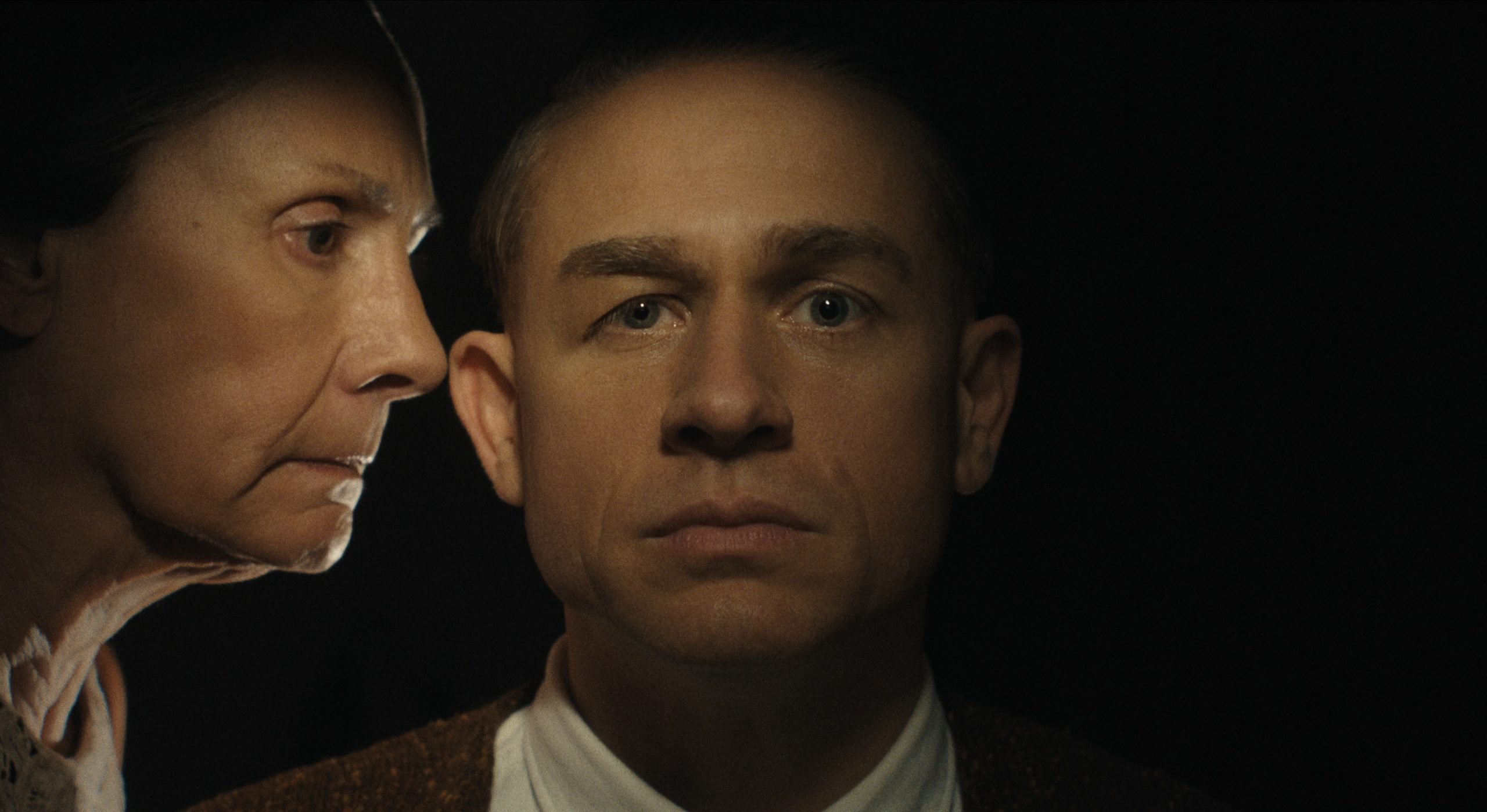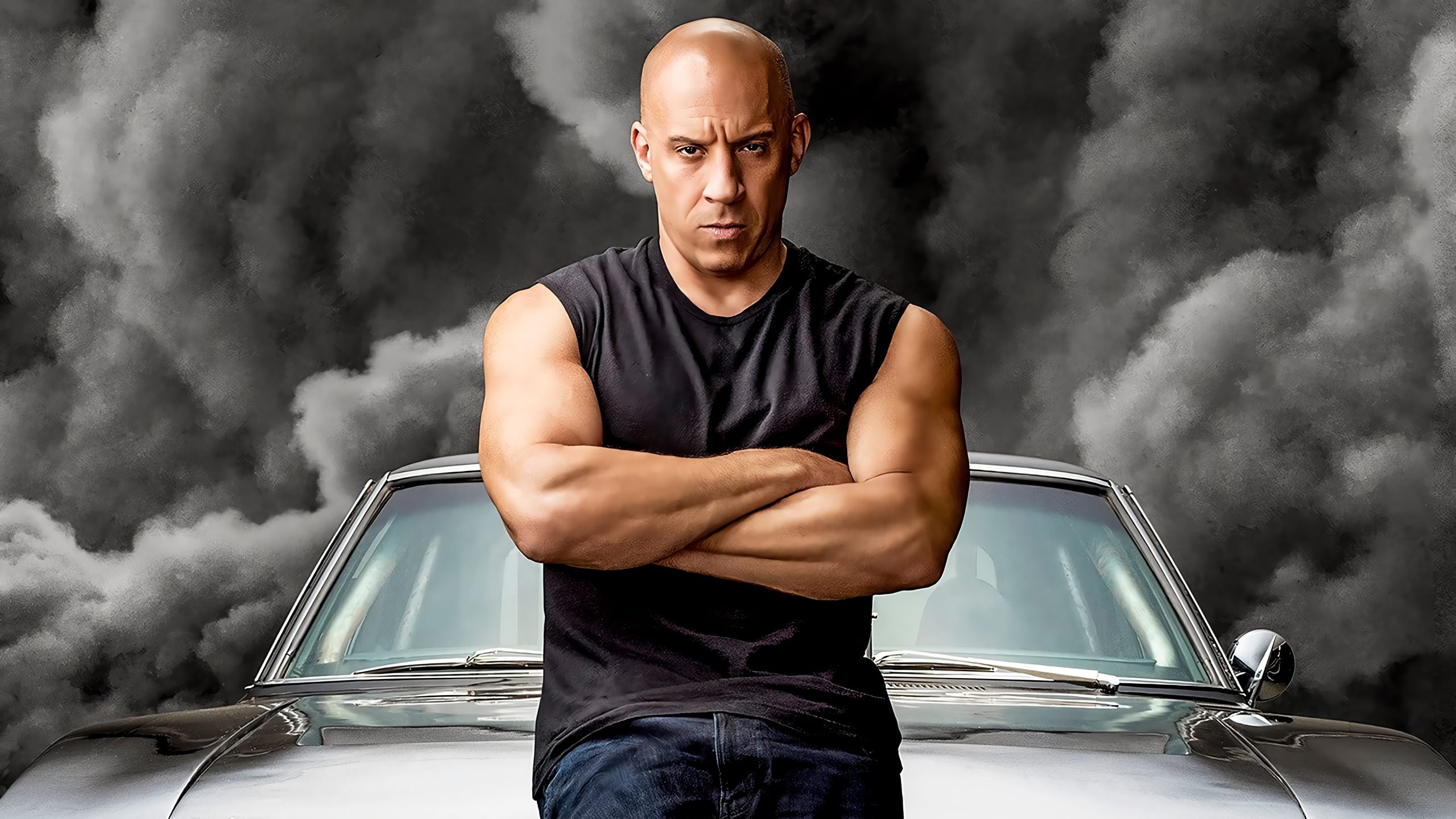blue-eyed samurai from Netflix is very similar to some of Akira Kurosawa’s classic films. Combat filled with pure pain, using the landscape to integrate the action. This isn’t the first reference someone could come up with to define and delve into the eight-chapter animated story. But the platform’s output is not only a work of visual art, in which it stands out in subtle and poetic ways, but also a narrative.
Thanks to perhaps the best script of its kind in recent years, the story of the quest for revenge also becomes an epic work. One that explores Japanese culture – which it explores in depth – and at the same time the action genre in all its extremes.
The story told during the walking tour soon turns into a bittersweet look at honor, strength and beauty. And all this amidst detailed bloodshed and explicit sex scenes.
blue-eyed samurai
Netflix’s Blue Eyed Samurai surprises by turning the usual theme of revenge into an almost philosophical journey through good and evil. With eight episodes, a brutal and beautiful narrative, this is one of the most outstanding productions of the year on the platform with outstanding artistic direction.
Adult animation has become Netflix’s strength in recent years. From feature films related to the universe The Witcher even film adaptations of the saga Castlevania. The format allows for creative and narrative freedom that goes beyond the strict spaces of cinema. live action. However, Blue Eyed Samurai is also a reimagining of the usual stories of retribution, violence and death. This issue is also discussed explorations of evil and fear, goodness and, ultimately, murder as a form of atonement for pain.
A grim figure in search of his destiny

First season blue-eyed samurai, reveals everything you need to know about his elusive character. The screenplay by Michael Green (Logan) and Amber Noizumi immediately delves into both his dilemma and the context in which it unfolds. The story takes place in 17th century Edo period Japan. Mizu (voiced by Maya Erskine) He travels the deserted roads of the country in search of information. Data that will help him kill four different men, known criminals.
At the same time, it hides two secrets. One, obvious to the naked eye. The elusive warrior, who barely speaks a word out loud in the opening scenes, has blue eyes. A trait that makes it clear that one of his parents was a white man. which makes him a mestizo, whom his compatriots consider trash and, at best, a monster.

The other is more ambiguous and requires the viewer to spend a lot of time figuring it out. The plot is smart enough to make it clear that Mizu’s life between them is a constant struggle for survival. By focusing on the loneliness and isolation of the main character, the series explores his personality without the need for repetition or emphasis. This lonely being, forged in the heat of the kindness of others and the hatred that fills the entire space of his mind, is contradictory in nature. It’s also as durable as a sword made from a metal ball that fell from the sky that he wears on his belt.
The mystery of a warrior seeking revenge
all in blue-eyed samurai designed to defy narrative expectations and become unpredictable. Thus, the story moves quickly in a country that looks at Misa with mistrust and hatred. Beyond Japan and the shogunate through which the warrior moves lies the space of conquest. Animation that is well supported part with the aesthetics of Noh theater, analyzes the connections of political power surrounding those who rule. At the same time, how does this affect Mizu’s mission. This is nothing less than finding the man who became his father and killing him to end the cycle of his life of suffering.

The plot is clever enough to establish Miza as more than just a gifted fighter. He gradually connects his past in meticulous memoirs, in which he often recounts the turbulent history and tragedy that surrounded the samurai. Using the vast symbolic resources of Japanese culture, the story progresses between murders as well as a significant dose of existentialism. This gives the chapters some of their best episodes. About a battle on the seashore, in which the main character faces four mercenaries and manages to win, the moment of his rebirth in complete nudity.
blue-eyed samurai It uses its anime potential to play with aesthetics that range from altarpieces and oriental prints to a video game version. Between both extremes is the attention to detail that transforms the scenes into inspired historical altars. Even the world Geisha have their place and are studied with due care in history.
If there’s one thing anime appreciates, it’s its ability to be as mature as a work that aims to transcend its format. Not forgetting that animation gives it fluidity, color and narrative flexibility that takes it to a whole new level. Halfway between a well-told historical drama and A harrowing tragedy, the series is a delight for genre fans and general audiences alike.
The promise of a continuation of a good story
blue-eyed samurai The culmination of this event is the opening of the door for Mizu’s journey in search of revenge to continue to new territories and approaches. But even if it all ended with a symbolic last scene, the plot he would have gone out of his way to create an almost self-contained story.

At times suspenseful and surprising in every episode, Blue Eyed Samurai showcases the capabilities of Netflix’s animation division. But at the same time, the power of a good story, told carefully and with attention to detail. A surprise in the platform’s catalog, which is often criticized for its lack of quality.
Source: Hiper Textual














